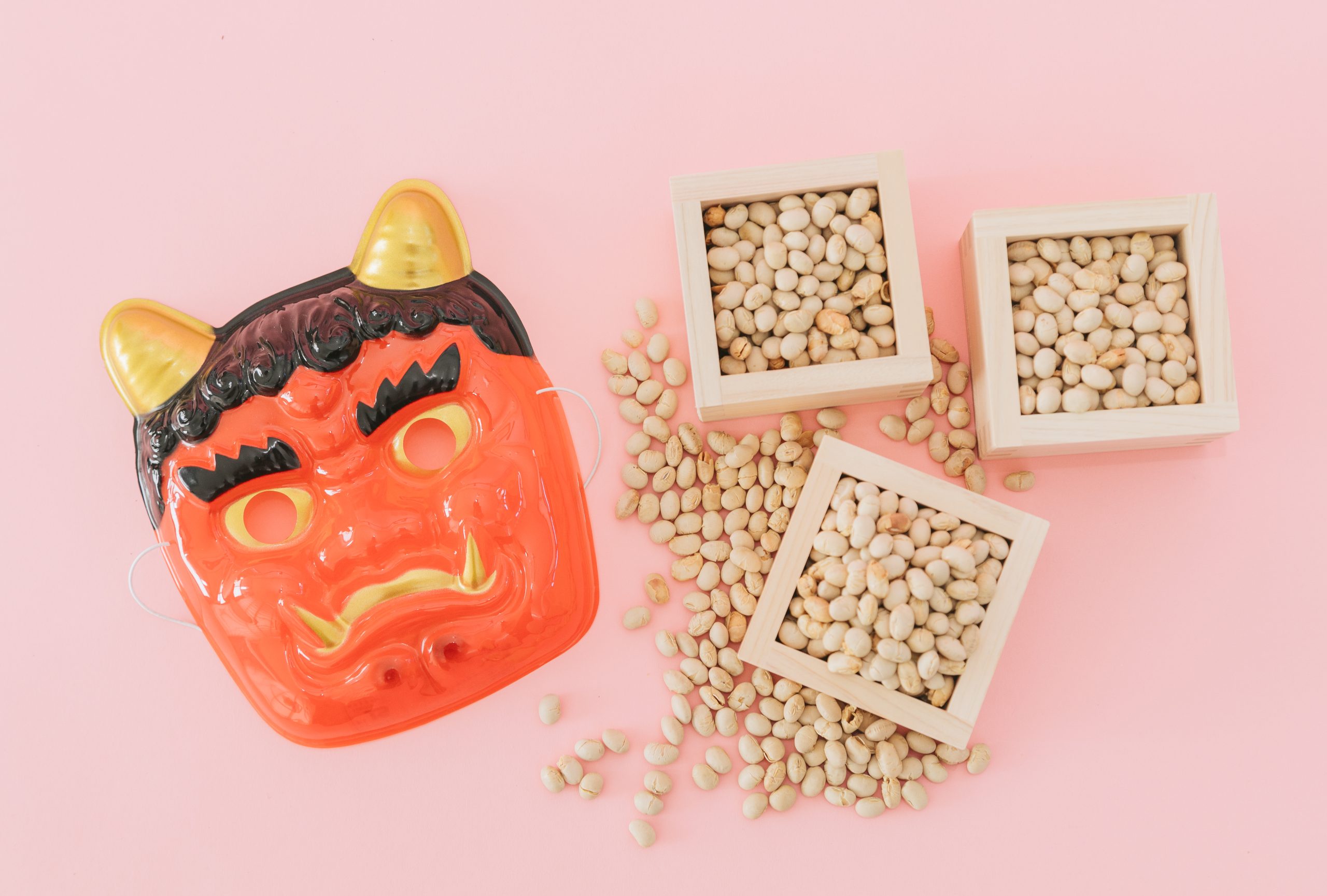Setsubun: Japan’s Holiday of Changing Seasons
Although it may not feel like it when you walk outside, spring is on its way. And something else that might warm you up is knowing that Japan’s next big holiday is coming up. Before the flowers start to blossom, take part in Setsubun. This year, the holiday—whose name literally means “seasonal division”—falls on Thursday, February 3. We take a look at the history and traditions of this venerable celebration.
Origins of Setsubun

The holiday actually originated from a Chinese celebration called tsuina. The tradition was introduced to Japan sometime in the 8th century as a ritual to be performed at home. However, the ritual began to be observed at Shinto shrines and Buddhist temples. (If you haven’t made your first trip of the year to one of them, read about it here.)
This holiday would also become part of other spring festivals such as Risshun, the first day of spring on the old Chinese calendar. Nowadays, Setsubun typically falls on February 3.
The reason why Setsubun developed into the popular festival that it is today is due to Japanese beliefs for the start of the New Year. It was thought that the best time to set up protection against bad spirits was during this time, and customs such as mamemaki and ehomaki were born.
Traditions of Setsubun

Mamemaki is easily the most popular of the Setsubun traditions, and one of the most eye-catching rituals in any Japanese holiday. This is the “bean scattering” that the day is generally known for. In this tradition, roasted soybeans called fukumame will be thrown out the front door. An alternative to this is to throw the beans at someone wearing the mask of an oni, or Japanese demon, often while shouting out “Oni wa soto, fuku wa uchi!” (“Demons out, good fortune in!”)
This signifies purifying yourself and your home as the beans are said to drive away any misfortune in the coming year. Then, to bring in the blessings for the year, you will also eat the beans. It’s said that you should eat one for as many years as your age, in addition to one for the rest of the year. While many people do this at home, you can also experience the ritual at temples such as Sensoji in Asakusa.
Ehomaki is another custom enjoyed around this time, especially in the Kansai area. This tradition is when people eat a special makizushi called ehomaki while facing the lucky direction, which is determined by the zodiac of that year. This special rolled sushi traditionally contains seven ingredients, which can include cucumber, crabsticks, salmon, tuna, anago eel, fried egg, kanpyo, and shiitake mushroom. The components are limited to seven in order to appease the Seven Lucky Gods that are honored in Japanese culture.
There are usually festivals to accompany this holiday where children can run around and enjoy the bean scattering activities. However, due to restrictions, perhaps this year will see the holiday return to its roots and be celebrated within the home.

